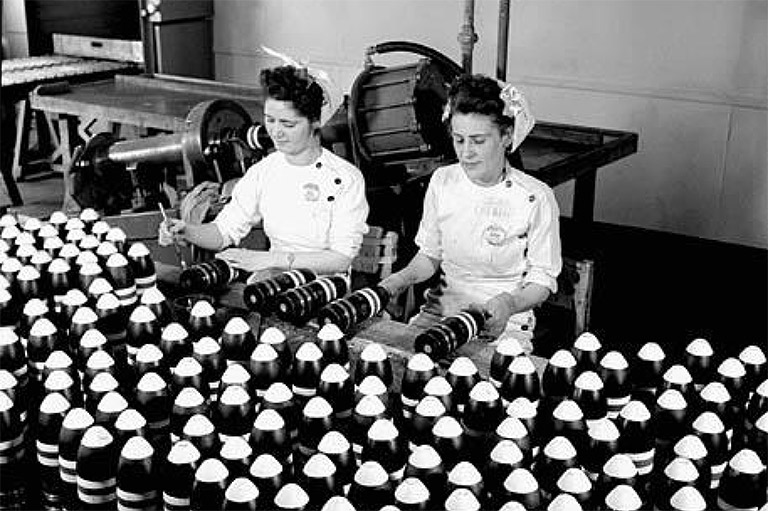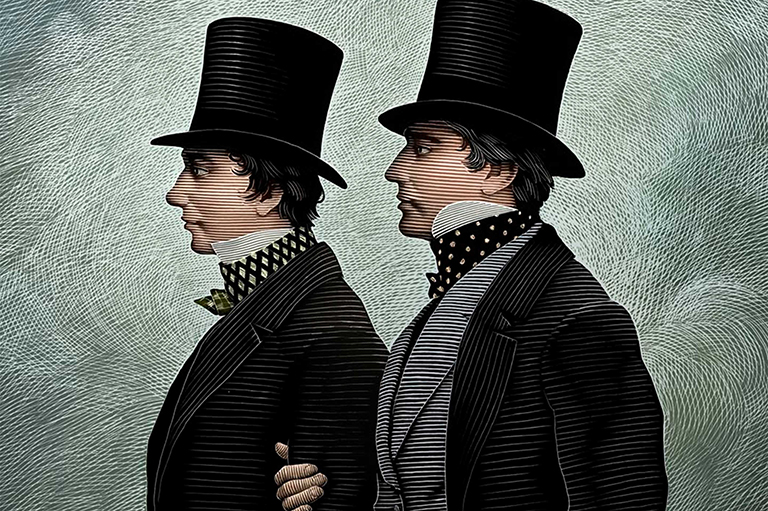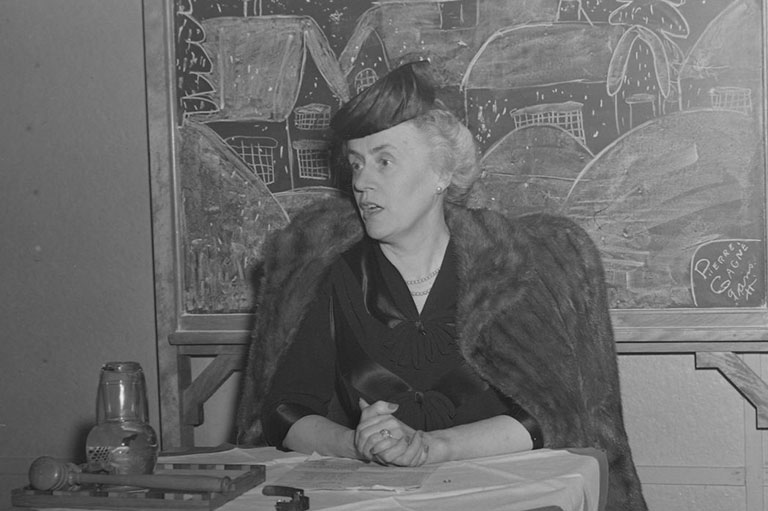Remembering the Children: Teacher Reflections
We asked two award-winning teachers to reflect on their own experiences in the classroom and share how they approach these questions.
Craig Brumwell
Kitsilano Secondary School, Vancouver, B.C.
I have taught for the past 34 years at Kitsilano Secondary in Vancouver, an English-French Immersion 8-12 public school of 1,500 students. Kitsilano and the surrounding neighbourhood is named after Khatsahlano, a respected ancestor of the Coast Salish Peoples upon whose unceded lands we live: the Musqueam, Squamish and Tsleil Waututh.
We are fortunate at Kitsilano to have initiated a school-wide Indigenous Representation, Relationships and Reconciliation Program. Since 2019, students and staff have had the opportunity to build their knowledge and awareness of Indigenous issues, challenge stereotypes and the legacy of colonialism, and vision a future informed through reconciliation. Indigenous guests have shared their teachings through live and online panel discussions, presentations, question and answer sessions, and a live-streamed unveiling of a large weaving installation created for the school by Musqueam artist Debra Sparrow.
The Vancouver School Board has provided regular online presentations, visits from knowledge keeper and professional development sessions for staff through its Indigenous Education Department.
The third level of Indigenous learning has been, of course, in the classroom where an increasing number of teachers are including multiple entry points to discuss Indigenous topics.
Despite the progress the school community had made to improve our collective understanding towards truth, justice and reconciliation, the announcement regarding unmarked graves at the former Kamloops Residential School was very difficult for students.
The Social Studies 11 classes that I was teaching at the time had spent three months on Residential Schools and their legacy. Students had learned about the abuses, neglect, intergenerational trauma and the estimates of up to 6,000 Indigenous children who had lost their lives. The day following the announcement of the unmarked graves started with a school announcement over the PA system, a minute of silence for the children, and information about accessing support to deal with the news through student services. I looked up to see blank faces. Some students were tearing up, some sat open-mouthed, but most of them stared forward in silence.
We had previously discussed the likelihood that student graves would be found in the future but in this moment it was fresh and raw. These lost children were no longer nameless numbers existing in the abstract; they were bodies in the ground in a place that they all knew. Students needed to express how they were feeling, so we used the “wraparound” strategy. As we went around the room from person to person, they were encouraged to describe how they were feeling in a single word. They also had the option to “pass” and contribute later if they chose. It was clear that they were outraged, angry, sad and scared. Two students in my first class asked to leave the room.
The wraparound strategy was effective in determining who was struggling more than others and might benefit from speaking with a school counsellor or Indigenous Education Teacher. It was also comforting for students to hear others share their feelings and realize that they felt the same. We followed up with a discussion in which students were encouraged to expand on their outrage and talk about what should happen next.
It was vital for students to express how they felt but teachers recognized that it was also important for young people to take action and make a commitment for change. By the end of the week, all students were given a white and orange sticky note. On the orange note, they were asked to write a message of support to the lost children and survivors of all Residential Schools. On the white note, they were to write a message of hope for the future — a new, positive relationship between Indigenous and non-Indigenous people in Canada. They were also given two ribbons: one orange and one white. When they were done, the sticky notes were collected for display in the front hall and the students walked out to the sports field fence, by busy 12th Avenue, on which they tied both their ribbons. They were asked to think of this action as their own commitment to work towards that new future. There were more than 3,000 ribbons flying in the wind by Friday.
— ![]() Craig Brumwell, recipient of the 2015 Governor General’s History Award for Excellence in Teaching
Craig Brumwell, recipient of the 2015 Governor General’s History Award for Excellence in Teaching
Geneviève Marois
École Ste-Thérèse-de-l’Enfant-Jésus, Saint Jérôme, Quebec
My name is Geneviève Marois, and I am a Grade 6 teacher (11 and 12-year-olds) in Saint Jérôme. Our school is not in an underprivileged area but has changed over the years. There are about 500 students with increasing needs. I have been a teacher since 2007, mostly in third cycle elementary. Last year, I talked to my students for the first time about the history of Residential Schools. Some knew a little bit about it. They had heard the news about the unmarked graves at the former site of the Kamloops Indian Residential School, but most of them had no knowledge of the facts.
Before beginning a discussion with them about this topic, we read “Les peuples autochtones jamais nous n’oublierons,” [We will never forget the Indigenous peoples] purchased from the Mieux enseigner website, which is intended to raise young people’s awareness of Indigenous reality and to help them to understand the ordeals that Indigenous peoples experienced. My objective was to make sure they had the knowledge they needed to avoid the reproduction of past errors. Certainly, a text like that, with its description of some of the Indigenous students’ abuse, provokes some reactions: some students were surprised, and others were angry and even sad.
During our reading, I stopped frequently to make sure they understood the words and the information being presented. I also made parallels with their own lives so that they could understand the difficult reality of those young Indigenous people. The question that often came up was, “But why?”
I appreciate the text because the writer gives us the historic, political and religious context of the time, which, of course, does not explain the acts committed.
When you are getting ready to have difficult discussions with students, it is important for the activity to be a choice for the teacher and not an obligation. You have to feel comfortable with the subject and be ready to respond to questions. We can also determine our limits before starting the activity. Perhaps some teachers will not want to talk about some of the aspects, such as sexual abuse.
It is also important to find materials that explain the subject well and that fit with our vision and limitations.
Teachers must inform instead of blame. Teachers must also divide this work into small activities, so it is easier to adjust our words or planning depending on the students’ reactions.
It is important to listen to students’ comments and answer their questions. When we decide to talk about such a subject with students, we have to get to the bottom of things and not leave their emotions and needs unaddressed.
We can also find solutions with them, like Orange Shirt Day. We have to talk about reparations and show students that the fight continues for Indigenous groups in Canada, who only want to have the place due to them in this country. In short, we must end on a positive note: what can students do to support Indigenous communities?
— ![]() Geneviève Marois, recipient of the 2016 Governor General’s History Award for Excellence in Teaching
Geneviève Marois, recipient of the 2016 Governor General’s History Award for Excellence in Teaching
Themes associated with this article
Advertisement




